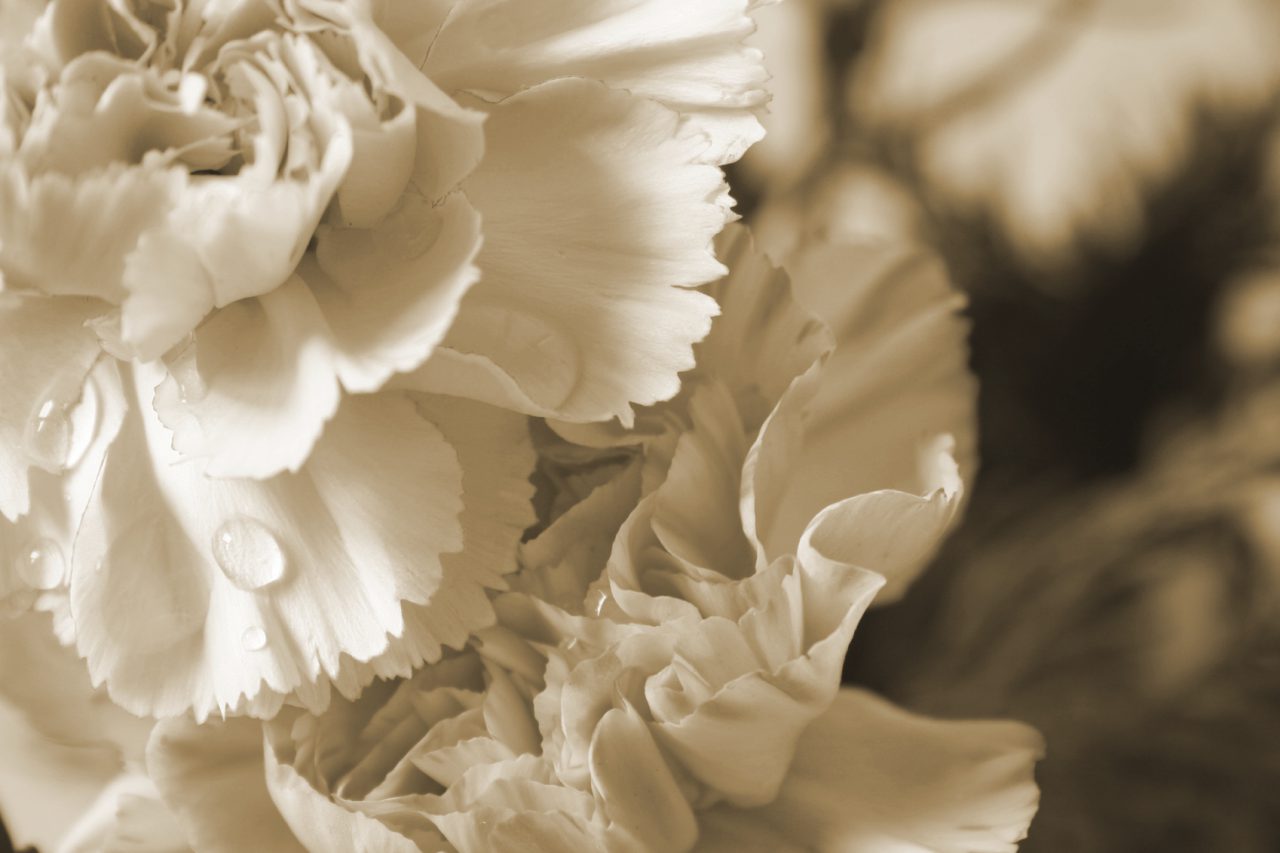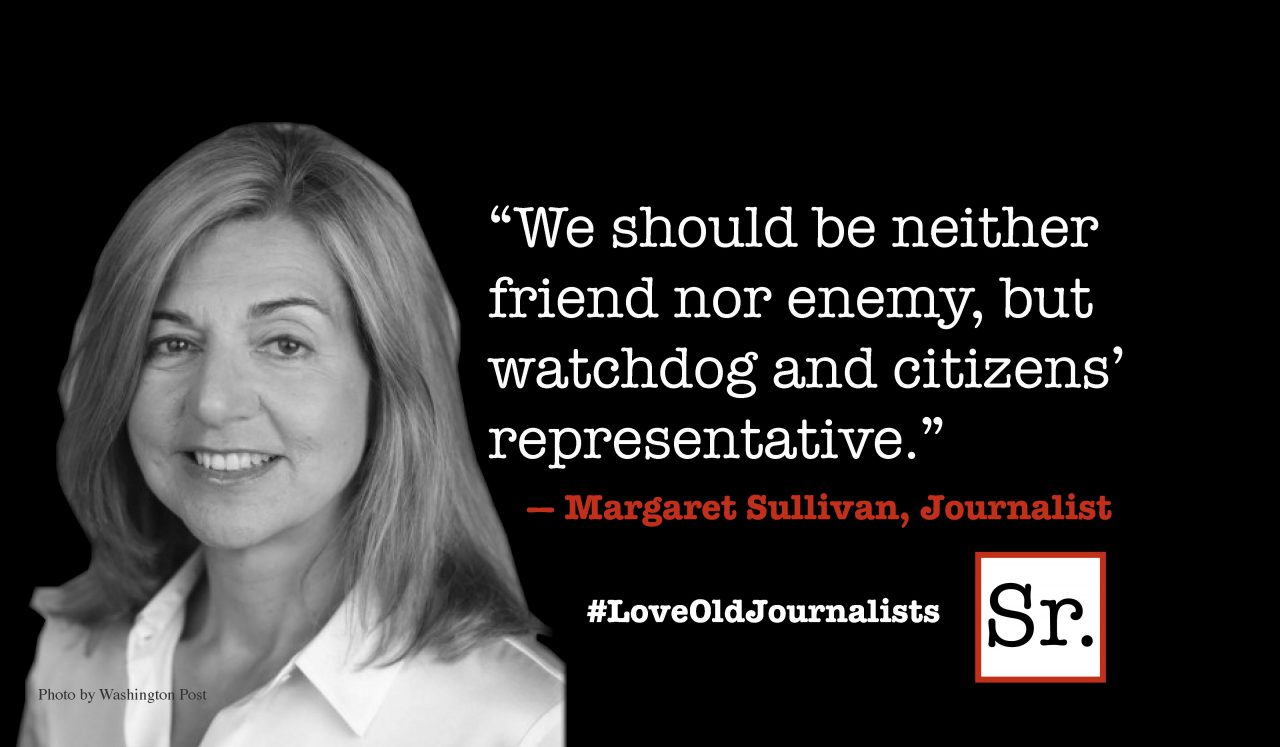It’s been a white world around here for the last couple of weeks. We haven’t had the huge snow dumps that have kept Boston in the news, but repeated falls of an inch or two in a protracted period of freezing temperatures that allow no thawing at all has produced pretty dramatic results. As in the old carol about good King Wenceslas, “Snow had fallen, snow on snow.” You can clear it, but the piles just grow higher.
The aging process is, in one of its aspects, an anthology of novel aches and pains; but the distinctive muscular discomforts that follow a session of serious snow shoveling are unchanging over the years and are almost comforting in their familiarity.
On Saturday, as a brief warming respite allowed the falling snow to ease for an hour or two into what they delightedly call a “wintry mix,” I set out for the 101st Princeton “Alumni Day” conclave on campus. Unlike the late-spring class reunions, this mid-winter event is fairly serious in its cultural content, and the centennial character of this year’s meeting dignified it yet further. There are limitations to the elegance achievable in gymnasium-floor dining, but the luncheon banquet for a thousand — quality cold salmon and exotic grains chased by an orange and black cupcake — achieved the maximal possibility. Where I was sitting among the graying Ph.D.s, the chatter was brisk and sometimes challenging.
There is a variety of engaging ancillary events, mainly in the form of panel discussions, but the principal business of the day is to honor some outstanding students — past and present. There are two big alumni awards: the Woodrow Wilson Award (undergraduate alum) and the James Madison Medal (graduate alum). The winner of this year’s Wilson Award was Queen Noor (née Lisa Halaby), a graduate of Princeton’s first coeducational class (1973). She is the widow of the late King Hussein of Jordan. Since his death in 1999, she has been prominent in a number of international humanitarian causes.
The winner of the James Madison Medal was Martin Eakes. He is the founder of the Center for Community Self-Help in North Carolina and has been a prominent advocate of approaches to banking and finance helpful to potential borrowers of slender means. The place is crawling with geniuses around here, but only a select few, like Eakes, have diplomas of certified genius from the MacArthur Foundation.
Given the abundance of brilliance and success on display — and I lack the time even to mention the achievements of the dazzling prize winners among current students — it may seem perverse of me to identify the Service of Remembrance memorial as the most moving moment of the gathering. But it is my opinion that venerable institutions must justify their venerability by the quality of their own venerations.
The fine private colleges and universities of America, so often mischaracterized by the unknowledgeable and the unreflective as mere bastions of privilege, are in fact complex charitable institutions and powerful engines of desirable social change. Cornell, Chicago, Stanford — Pomona, Grinnell, Swarthmore — these places and literally a hundred others have redistributed billions in the creation of cultural capital, not merely useful to the nation, but absolutely necessary for its ethical prosperity.This didn’t happen by accident. It is necessary to recognize how it happened and to honor those who did it.
Winter was fairly pelting by the time I made it up to the chapel. These days, one frequently hears American collegiate Gothic deplored, even dismissed; but it gave us some of the nation’s most beautiful buildings. The Princeton chapel is a kind of mini Amiens — a stunning collaboration of a great architect, Ralph Adams Cram, and one of the art historical pioneers of modern iconographical scholarship, Albert M. Friend, who created the basic scheme of the windows. It is the perfect setting for the memorial service and especially for its most dramatic feature — the construction of a huge floral wreath.
The university memorializes its members who have died in the preceding year in the following dramatic way. Nearly 100 soberly dressed people form a solemn procession — representatives of the undergraduate classes, the graduate school, the faculty and staff, men and women of varying hue and age, each wearing or carrying a white carnation. Moving in two columns down the long, central aisle of the nave, the procession splits at the chancel steps. Its members then mount the steps and affix their carnation to a large board, which gradually swells with its whiteness. The view from the congregation is rather like that of a time-manipulated photograph of the opening of a rose. Another analogy, more recondite but perhaps almost more apt, occurs: the celestial rose of the 30th canto of Dante’s "Paradiso."
The oldest undergraduate alumnus remembered was from the class of 1932, the youngest from 2017. Of deceased graduate alumni, there were about 150 grouped by academic department. On the lists of old students, I recognized too many names — most only vaguely, of course — but one or two more sharply. When it came to the two pages devoted to faculty and staff, the experience vivified as I saw the names of several friends of 40 years: Walt Litz, for long years among my closest, the brilliant mathematical economist Harold Kuhn, my Rhodes near contemporary at Oxford Dick Ullman, and others.
For each name in the memorial booklet — and my rough estimate is that there were around 1,000 — there are those who will have felt sharply that bittersweet motion of the heart in which an affectionate admiration vies with the sadness of human mortality.









